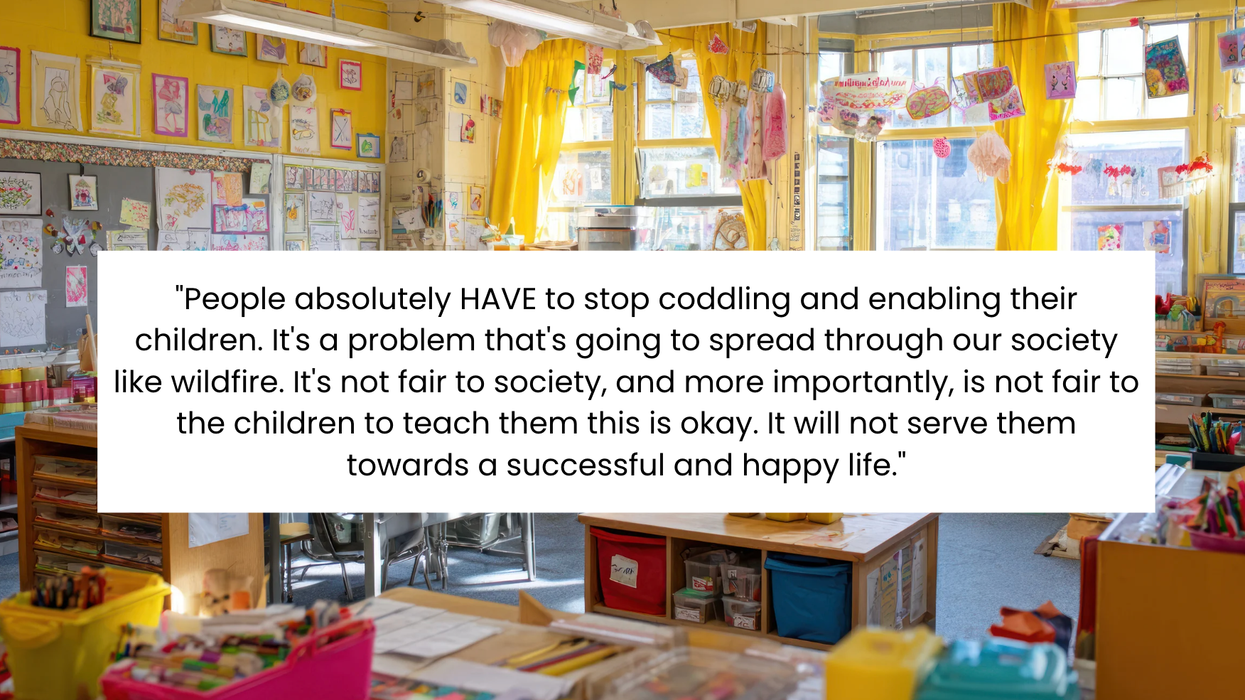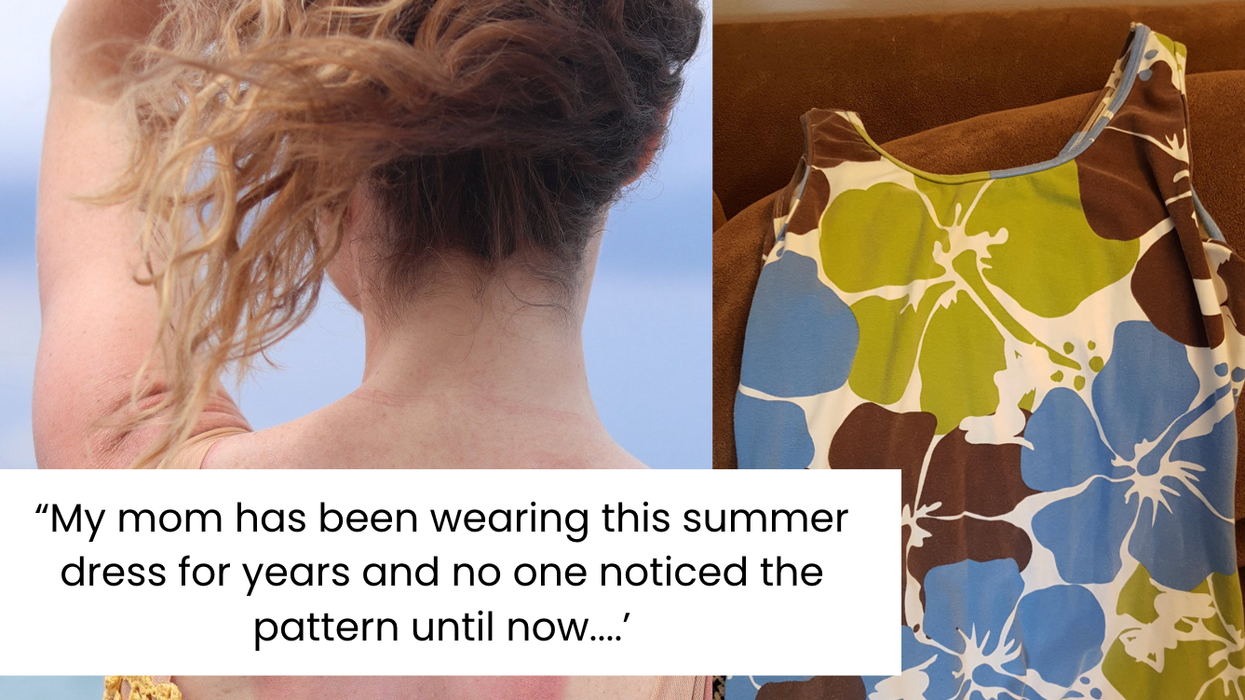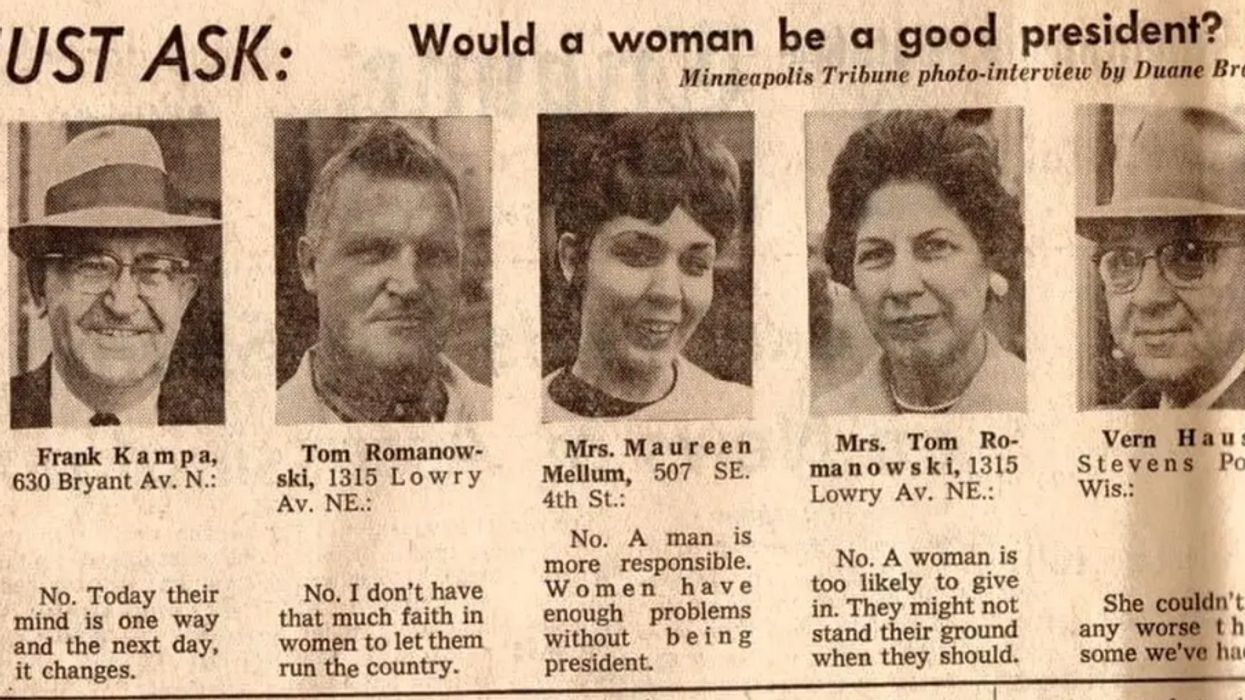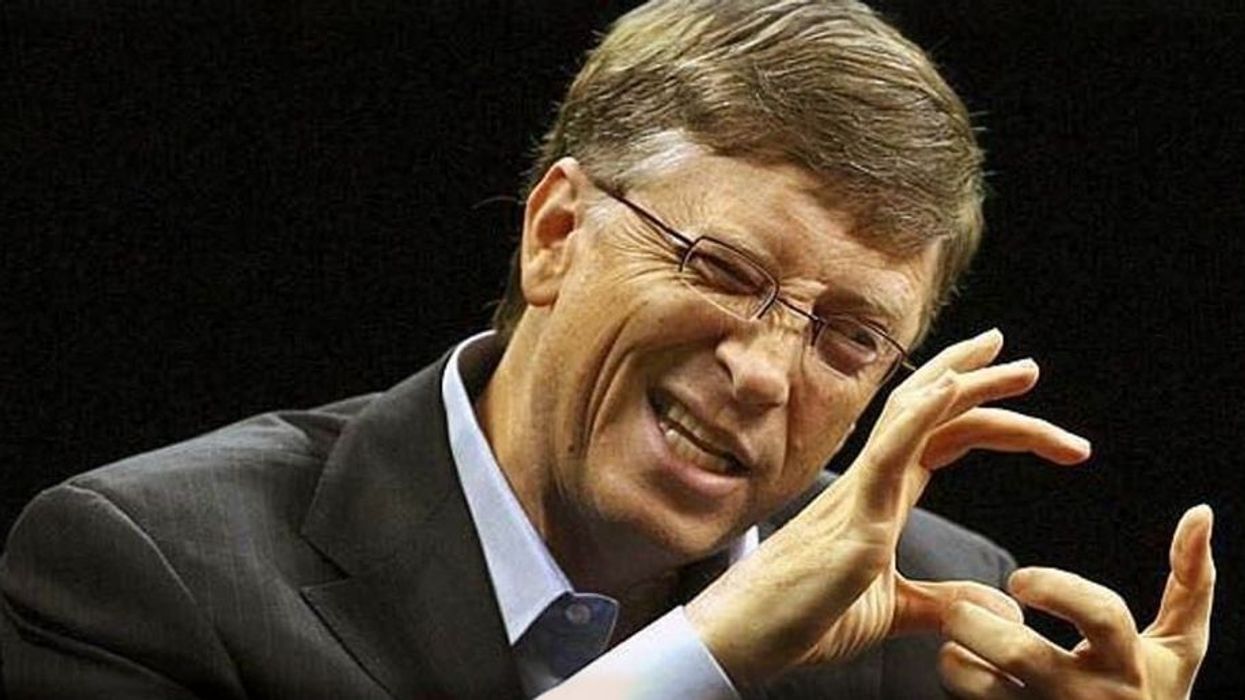How the built environment instructs us on how to move through it
Greene Street Jane Jacobs wrote about the "ballet" of the street when describing the rhythm of her Greenwich Village neighborhood, which she viewed as a choreographed exchange between resident and sidewalk, and shopkeeper and stoop. Not too far away, Greene Street in New York's SoHo neighborhood pulses with the same syncopated footsteps and echoes of Jacobs's legacy. She prevented this entire neighborhood from becoming the Lower Manhattan Expressway-now cars shudder down the street, forced into submission by century-old cobblestones. The former cast-iron warehouses have been fashioned into frilly storefronts for the well-heeled (and often high-heeled) who stop, gape up at their pillared facades; pause; peer into the jewel-like windows; and are rewarded with detail.Manchester Boulevard Ed Ruscha once drove down Sunset Boulevard with a motorized camera to capture Los Angeles as many view it: a film framed by an automobile window. This stretch of Manchester Boulevard in Inglewood is a freshly paved theater for cars themselves, boasting multiple lanes built for cruising in sparkling, chrome-flecked vehicles. Past the drive-through, the gas station, the auto shop, and the empty lot, the asphalt is wide with possibility and the sidewalks are an afterthought. It's a pattern repeated block by block throughout the city. Yet one of Los Angeles's most evocative landmarks remains-Randy's Donuts-a giant vowel on the horizon. Clearly visible from the 405 freeway below, it entertains and educates the people who zip past it at 65 miles per hour: "glazed here, exit now."Photos by Jessica Haye and Clark Hsiao.
















 Otis knew before they did.
Otis knew before they did.